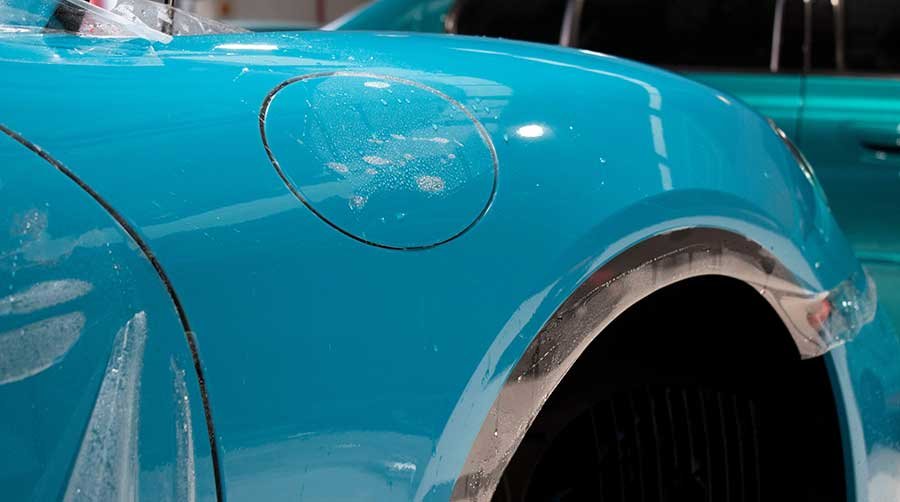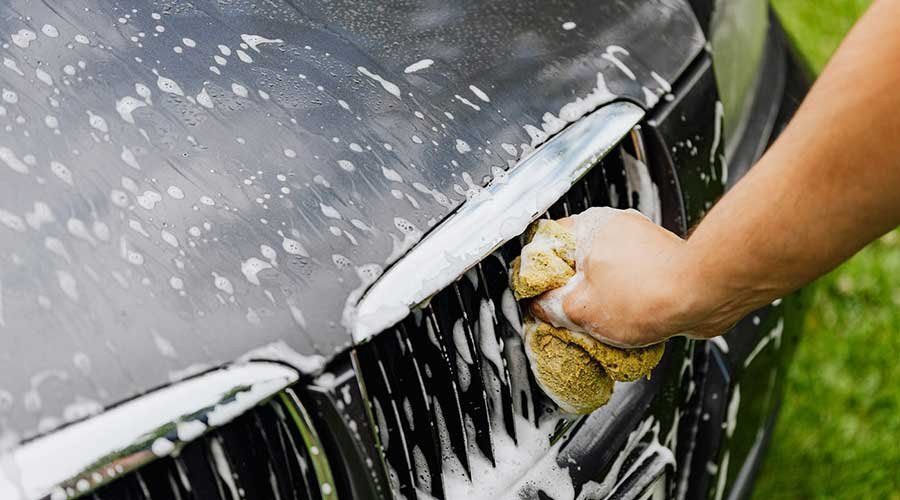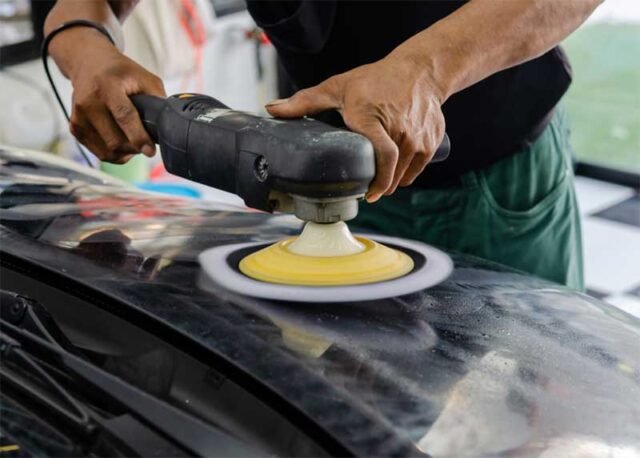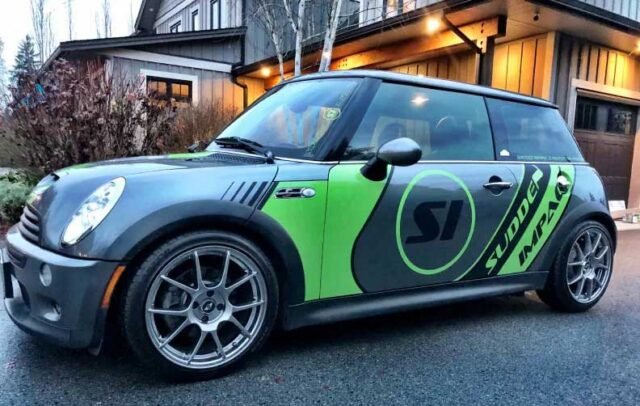Vinyl wraps have become increasingly popular for transforming the appearance of vehicles, furniture, and even walls. Whether it’s for advertising purposes, personalization, or protection, vinyl wraps offer versatility and creativity. However, ensuring their longevity and effectiveness requires proper installation and maintenance. Here are ten common mistakes that can lead to damage on vinyl wraps, whether during installation or due to environmental factors.
Read more
• what is vinyl wrap?
Damage on vinyl wraps with this 10 mistake:
1. Improper Surface Preparation:
One of the most critical steps in vinyl wrap installation is surface preparation. Failure to thoroughly clean and prep the surface can result in poor adhesion and premature failure of the wrap. Dust, dirt, grease, and other contaminants can create air bubbles and cause the wrap to lift over time.
2. Inadequate Installation Techniques:
Proper installation techniques are essential for ensuring a smooth and seamless finish. Common mistakes include stretching the vinyl too much, using incorrect tools, and applying too much heat during the installation process. These errors can lead to wrinkles, creases, and uneven edges, compromising the durability and aesthetics of the wrap.
3. Insufficient Heat Application:
Heat is often used during the installation process to help the vinyl conform to curved surfaces and ensure proper adhesion. However, excessive heat or inadequate heat application can damage on vinyl wraps and cause it to shrink or distort. It’s crucial to use the right amount of heat and to apply it evenly to avoid damage on vinyl wraps.
4. Exposure to Harsh Chemicals:
Vinyl wraps are durable, but they can be susceptible to damage from harsh chemicals found in cleaning products, solvents, and environmental pollutants. Using abrasive cleaners or chemicals containing alcohol or ammonia can degrade the vinyl and cause it to fade or peel prematurely. It’s essential to use gentle, pH-neutral cleaners specifically designed for vinyl wraps to maintain their appearance and longevity.
5. Incorrect Removal Techniques:
Removing a vinyl wrap improperly can cause significant damage to the underlying surface and the wrap itself. Tearing or peeling off the wrap without using proper techniques or tools can leave behind adhesive residue, scratches, and other blemishes. It’s essential to follow manufacturer recommendations and use heat and adhesive removers to safely remove the wrap without damaging the surface underneath.
6. Excessive Exposure to Sunlight:
While vinyl wraps are designed to withstand UV exposure, prolonged exposure to direct sunlight can cause them to fade and deteriorate over time. Parking your vehicle or displaying wrapped objects in direct sunlight for extended periods can accelerate color fading and weaken the adhesive bond. Whenever possible, park in shaded areas or use UV protectants to prolong the life of the vinyl wrap.
7. Neglecting to Seal Edges:
Properly sealing the edges of a vinyl wrap is crucial for preventing moisture, dirt, and debris from infiltrating underneath the wrap and causing it to lift or bubble. Failure to seal the edges can compromise the integrity of the wrap and lead to premature failure. Using edge sealers or heat guns to seal the edges can help prolong the life of the wrap and maintain its appearance.
8. Ignoring Environmental Factors:
Environmental factors such as extreme temperatures, humidity, and pollution can affect the longevity and performance of vinyl wraps. Exposure to extreme heat or cold can cause the vinyl to expand or contract, leading to adhesive failure and shrinkage. High humidity levels can also affect the adhesive bond and promote the growth of mold and mildew underneath the wrap. It’s essential to consider these factors when installing and maintaining vinyl wraps to ensure optimal performance.
9. Using Low-Quality Materials:
Investing in high-quality vinyl wrap materials is essential for achieving durable and long-lasting results. Using low-quality or cheap vinyl can result in poor adhesion, color fading, and premature deterioration. Quality materials may cost more upfront, but they offer better durability, UV resistance, and overall performance, ultimately saving you time and money in the long run.
10. Lack of Proper Maintenance:
Proper maintenance is key to preserving the appearance and longevity of vinyl wraps. Neglecting to clean and care for the wrap regularly can allow dirt, grime, and contaminants to accumulate, leading to discoloration, staining, and degradation. Routine cleaning with mild soap and water, as well as using protective coatings or sealants, can help maintain the integrity and appearance of the vinyl wrap over time.
In conclusion, avoiding these common mistakes is essential for ensuring the longevity and effectiveness of vinyl wraps. By following proper installation techniques, using high-quality materials, and providing adequate maintenance, you can enjoy the benefits of vinyl wraps for years to come. Whether for advertising, customization, or protection, vinyl wraps offer endless possibilities for transforming surfaces and creating eye-catching designs.











